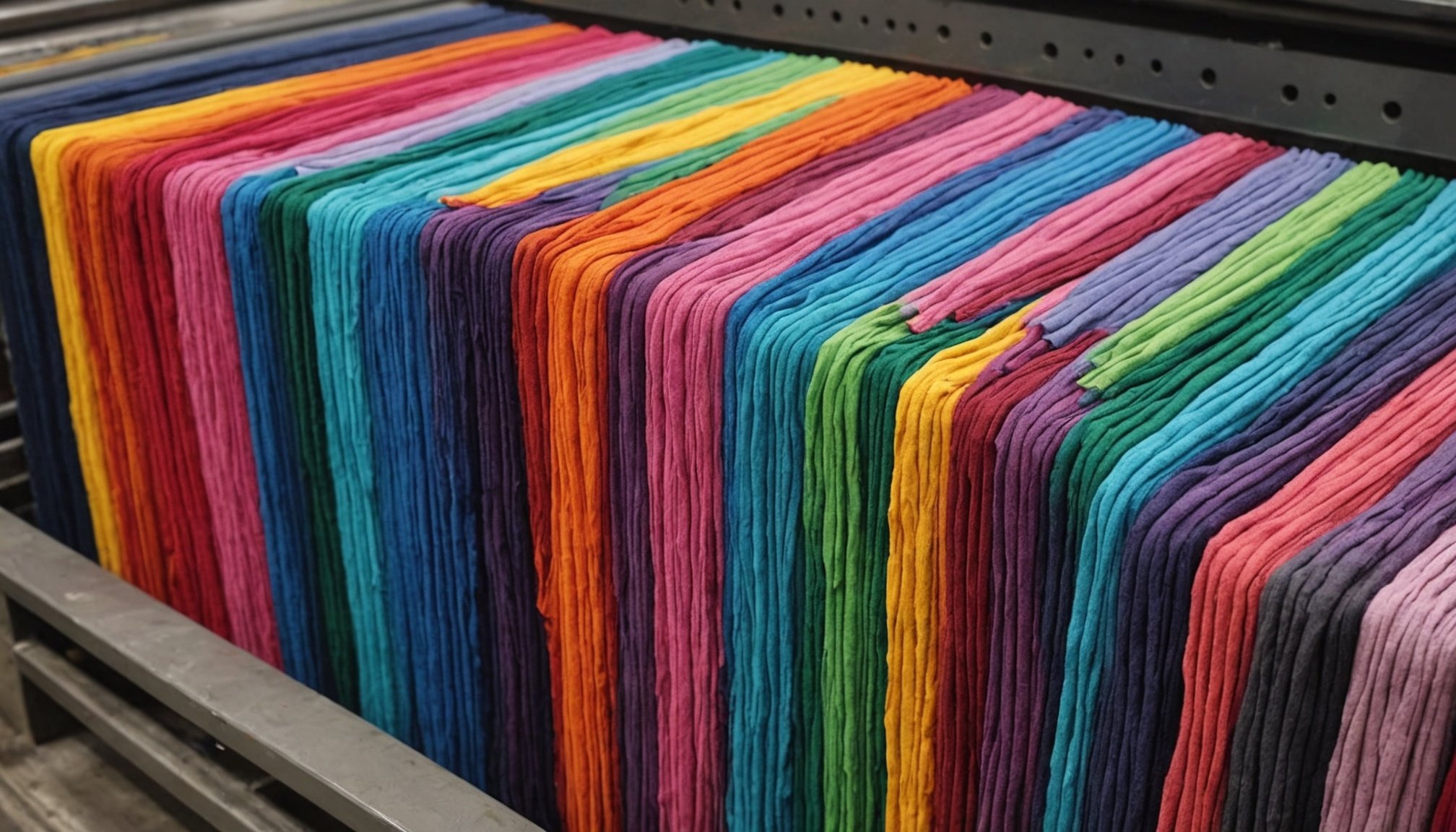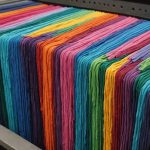Understanding Optimal Water Temperatures for Washing Colored Fabrics
When it comes to preserving the vibrant colors of your clothes, the optimal water temperature is crucial. Different fabrics have unique temperature needs to ensure dye retention and prevent fading. Generally, cooler water temperatures are preferred for washing colored fabrics to minimise the risk of color bleeding. Let’s explore the ideal conditions for various fabric types.
Most delicates and sensitive fabrics, such as silk and wool, thrive in cold to lukewarm water. This reduces the agitation that can cause dyes to release and mix. On the other hand, standard colored fabrics like cotton and blends generally do well in lukewarm to warm water, which is effective at cleaning without undue stress on the dyes.
Also to see : Revitalize oily skin: craft your own diy face mask using everyday kitchen staples!
However, heavy-duty fabrics often require warm to hot water for effective cleaning, but this does risk increased color loss. This is why it’s vital to follow specific washing instructions that many garments provide, as incorrect water temperatures can lead to premature fading and compromise the fabric’s integrity. By understanding the relationship between water temperature and fabric types, you can care for your laundry effectively, ensuring your clothes remain vibrant and last longer.
Recommended Water Temperature Ranges
Understanding the optimal water temperatures for washing coloured fabrics is essential for maintaining vibrant hues and fabric integrity. Each fabric type responds differently to various water temperature ranges, so selecting the appropriate setting is crucial for effective fabric care.
Topic to read : Unlock transformative yoga practices for ultimate stress relief solutions
For Delicates and Sensitive Fabrics
When washing delicates and sensitive materials such as silk and wool, aim for cooler water temperatures, typically between 20°C and 30°C. This cooler range ensures minimal dye bleeding while gently cleansing the fabrics, retaining their softness and colour integrity.
For Standard Coloured Fabrics
For everyday wear like cotton and blends, lukewarm water, approximately 30°C to 40°C, strikes the perfect balance. It efficiently cleans without posing a risk to the fabric dye. However, check any specific temperature instructions on fabric care labels to ensure longevity.
For Heavy-Duty Fabrics
Heavy fabrics often require warmer temperatures, typically 40°C to 60°C, for effective stain removal. While higher temperatures can aid in thorough cleaning, they can also accelerate colour fading. Consider using cooler settings when possible, and consult garment tags for exact guidance.
Proper fabric care through temperature management not only promotes dye retention but also extends the lifespan of your clothing.
Impact of Water Temperature on Dye Retention
Understanding how water temperature affects dye retention is vital in the washing process. The temperature of water plays a critical role in how well dyes that colour fabrics hold up over time. Water that is excessively hot can cause dyes to loosen, making fabric fading more likely. In contrast, cooler temperatures can help maintain the integrity of dyes, reducing the likelihood of colours bleeding.
During the washing process, the interaction between water temperature and fabric dye is imperative; hot water can loosen the dye molecules leading to colour loss, especially in fabrics not pre-treated for colourfastness. This assumption brings us to a common misconception: cold washing is less effective than hot washing. While it is true hot water is often better for tougher stains, cold washing is excellent for preserving coloured fabrics. It minimises dye bleeding and fabric wear over time, proving beneficial for dye retention.
Exploring these dynamics helps debunk myths around cold versus hot washing, highlighting how appropriate techniques can effectively maintain your clothing’s vibrancy. Such insights are essential when considering the best practices for washing coloured items, enhancing both dye retention and fabric care.
Best Practices for Washing Colored Items
Ensuring the longevity and vibrancy of your colored garments starts with effective washing tips. Choosing the right procedures significantly impacts fabric care and dye retention. Below are some key practices to consider:
Selecting the Right Detergent
Opt for a detergent designed for colored fabrics. These are usually free from harsh chemicals that can strip dyes. Look for products specifically labeled for colors, as they contain ingredients to maintain brightness and hue.
Proper Washing Techniques
Turning clothes inside out is a simple yet effective way to preserve color. This practice reduces friction on the fabric surface, which can weaken dyes over time. Always use a suitable water temperature that aligns with fabric care labels to ensure optimal cleaning without compromising color.
Avoiding Common Mistakes
Avoid overloading the washing machine. Overcrowding can prevent clothes from washing evenly, leading to unsatisfactory cleaning and faster wear. Always use the recommended water levels and cycles for each fabric type to prevent unnecessary agitation.
By following these fabric care best practices, not only will you protect the vibrancy of your clothing, but you’ll also ensure garments look fresh and new, extending their garment longevity.
Additional Recommendations for Fabric Care
Elevating your fabric care routine is essential to prolonging the vibrancy and lifespan of your coloured garments. By adopting strategic laundry habits, you can mitigate colour fading and maintain the integrity of your fabrics.
Sorting Fabrics by Colour and Type
A fundamental tip is to sort clothes by both colour and fabric type. This practice prevents dark colors from bleeding onto lighter fabrics and reduces the risk of damage due to incompatible fabric characteristics. Organising your laundry in this manner ensures each piece receives its ideal care.
Washing Frequency and Drying Methods
Frequent washing can accelerate wear and dye loss, especially in vibrant garments. Instead, consider washing only when necessary to maintain garment longevity. Air drying coloured clothes is preferable as it protects them from the harsh effects of dryer heat, further preserving their hues and fabric fibres.
Storing Coloured Fabrics Properly
To maintain vibrancy, store coloured garments away from direct sunlight, which can bleach and dull fabric colours over time. Fold them loosely to avoid creases that might damage fibres, thereby boosting your garments’ longevity. Adopting these fabric care tips ensures your wardrobe remains both vibrant and enduring.











